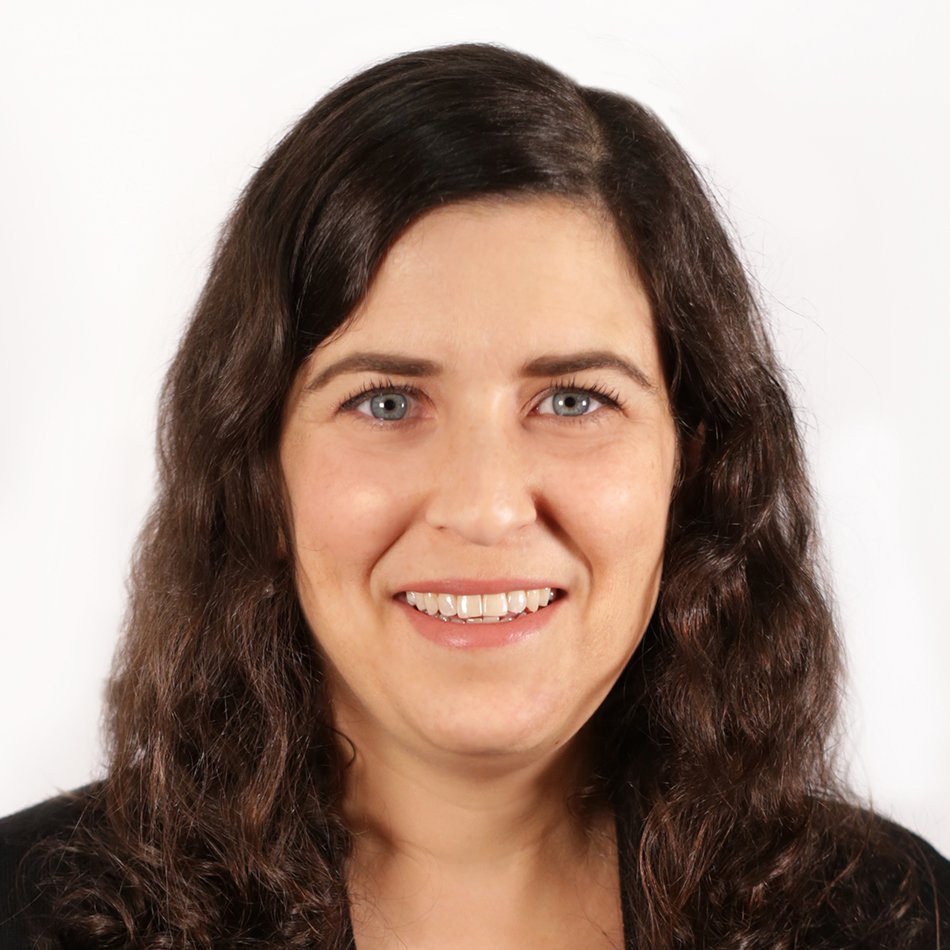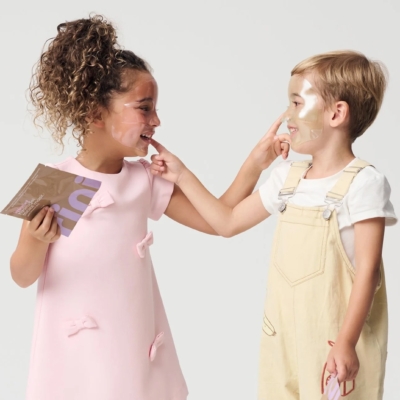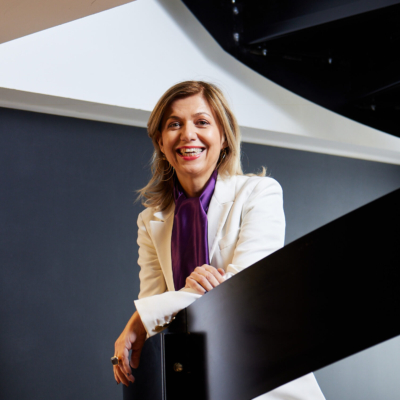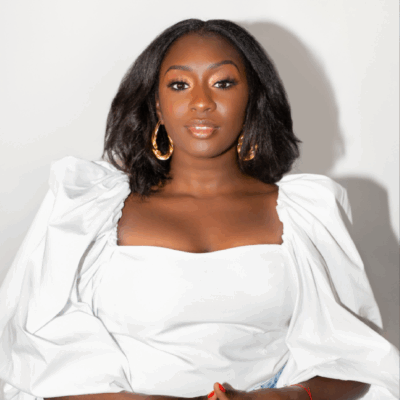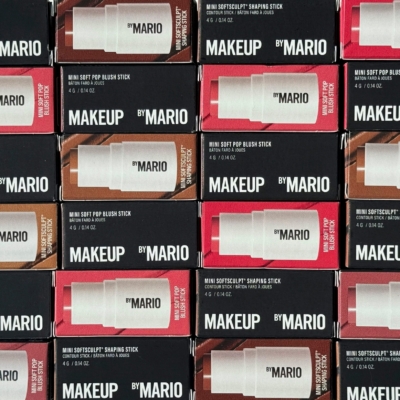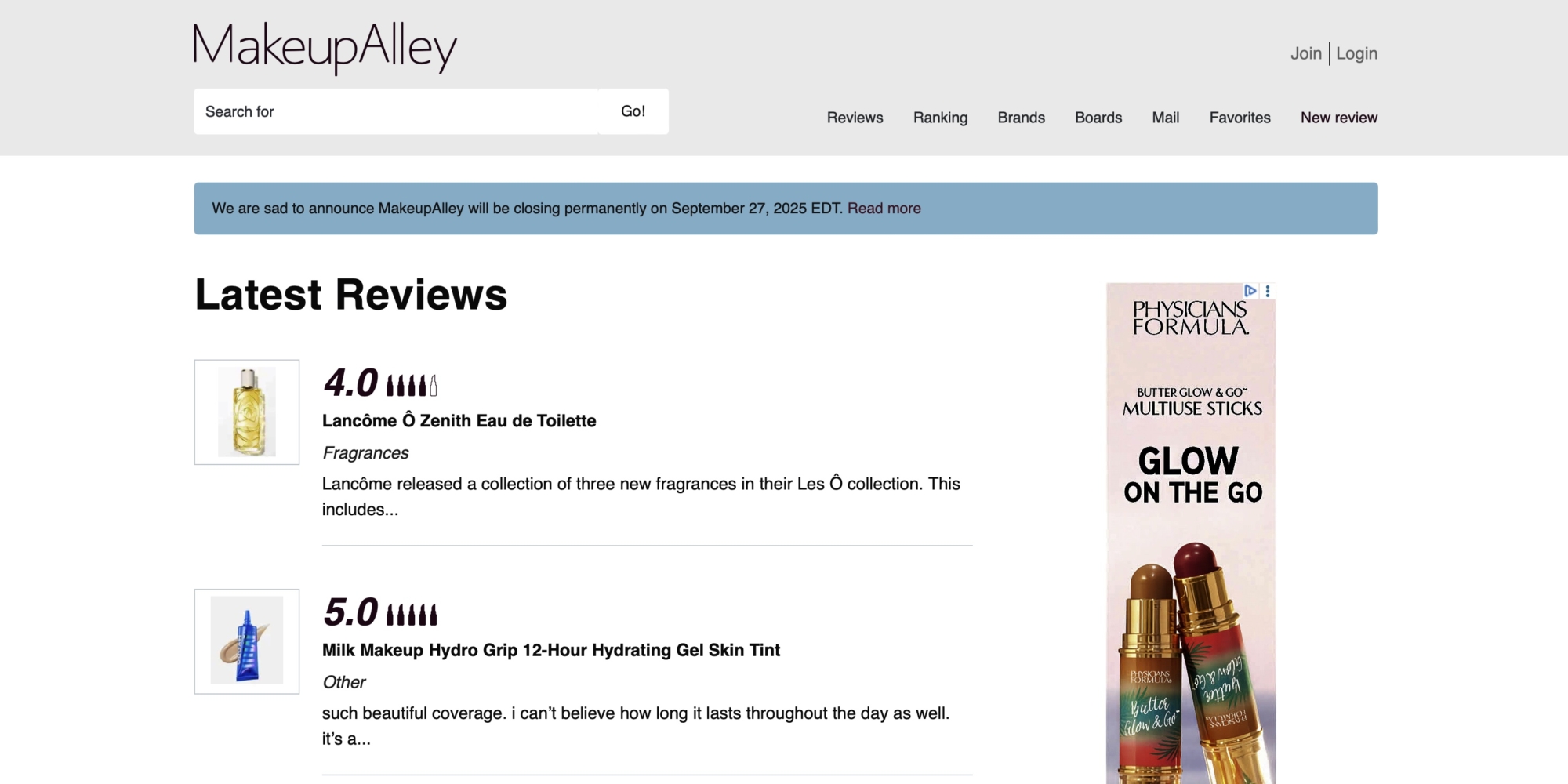
Trusted Product Review Site MakeupAlley To Shutter As Users Migrate To Social Media Competitors
MakeupAlley, a 26-year-old online community and message board that served as a trusted source of user-generated product reviews and gathering place for beauty fans, announced on Sunday that it will shutter on Sept. 27.
“Since our launch in 1999, thousands of you from around the world have turned MakeupAlley into more than just an information platform — you’ve made it a dependable, welcoming community,” wrote MakeupAlley on its website. “Thank you for making MakeupAlley a vibrant, supportive space for beauty enthusiasts worldwide. Your voices, stories, and connections have shaped this community in ways we will always treasure, and we are deeply grateful for your passion and loyalty over the years.”
With little beauty industry experience, Hara Glick, who labels herself as a marketing executive on her LinkedIn profile, where she lists a position as a marketing analyst at Avon as her first beauty role in 1998, started MakeupAlley with Elky Mart, a web developer who went on to found now-defunct cosmetics swapping concept Swapidu in 2015 and math tutoring startup Tigermilk.Education in 2019. Mart and Glick haven’t been involved in MakeupAlley since 2019 and 2020, respectively.
MakeupAlley has amassed almost 2.8 million reviews of 399,001 beauty products. In 2011, The New York Times extolled it as a low-frills “standard bearer for the unvarnished truth about beauty products online.” At the time, Glick said, “We are not saving lives, but what we are doing is noble. We allow consumers to connect to other consumers and gain knowledge, and that’s a noble thing.”
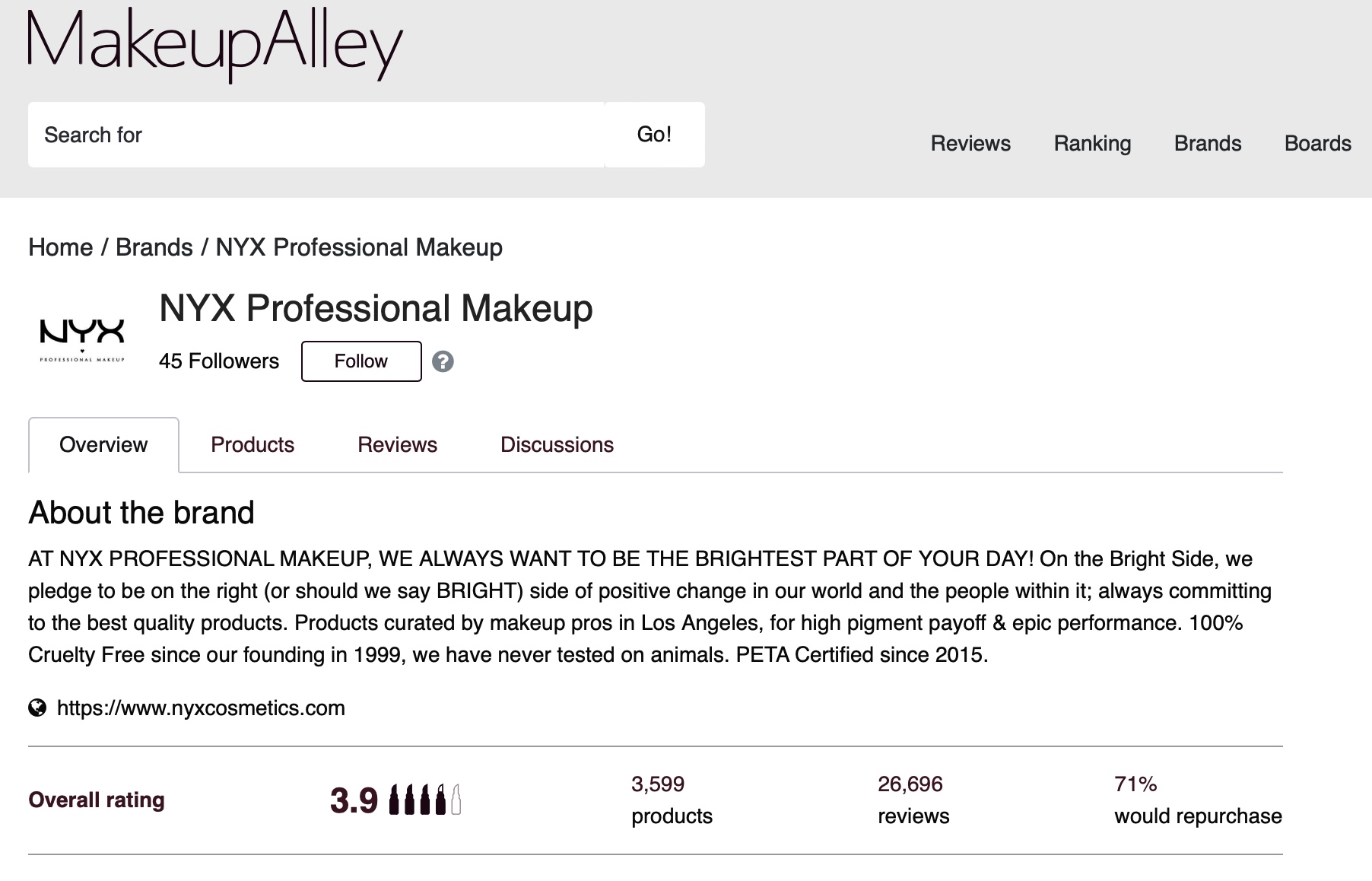
After learning on Monday that MakeupAlley is shuttering, Glick, currently a strategic advisor for beauty brands, tells Beauty Independent, “It owes its success to its dedicated community members. Their engagement, contributions and shared stories created a thriving place for learning and connecting…I am grateful to have been a part of the MakeupAlley journey.”
In the early days of online shopping when the e-commerce arms of retailers had no product reviews, it was a new frontier for people hungry to research and share experiences with beauty products. Reviewers rewarded products from brands big and small up to five lipsticks and let it be known whether they’d repurchase them. Dismantled in 2014, there was also a popular swap function enabling members to trade products.
“MakeupAlley was the OG social media platform. It was the place where all beauty conversations happened and where you could learn about the latest news or launch,” says Allison Slater Ray, founder of consultancy Breakthru Beauty and former SVP of marketing at IT Cosmetics. “It was so helpful for brands to understand what people really thought about their products and brands. Hara was ahead of her time and brilliant.”
Juliet Cunnington, a bridal makeup artist, likens MakeupAlley to “Tripadvisor of the beauty world.” She says, “I was a makeup artist who was at the beginning of my career in the year 2000, and I was building my makeup kit. MakeupAlley was my go-to to read the reviews and save myself wasting money on the wrong products.” She adds that she loves that “brands have no control over the MakeupAlley reviews and what you’re reading is authentic. So, when a product bombs, they must hate it.”
MakeupAlley led to relationships between beauty enthusiasts both digitally and in real life. It was a discovery vehicle for small brands and a training ground for beauty influencers, called bloggers in its heyday, many of whom initially tried their hand at beauty content on its platform. Rachel Anise, the beauty content creator better known as Beauty Professor, wrote reviews on MakeupAlley prior to establishing her blog in 2012.
“I would always read MakeupAlley to find my shade match before I would go into a store,” says Anise. “There were no links. It was so pure, just people doing it out of altruism. Everything is monetized now. Even when I read reviews on MakeupAlley I didn’t agree with, they were coming from everyday consumers that had passion and felt like taking it to the internet. That may be 75% of Reddit, but there’s a good 25% that may be mitigated by financial interest.”
“MakeupAlley was the OG social media platform. It was the place where all beauty conversations happened.”
In 2014, the year Rituel de Fille launched, one of its products was reviewed on MakeupAlley in a huge milestone for the indie makeup brand. Co-founder Katherine Ramos says, “MakeupAlley felt like a special holdout from an earlier era of the internet, a more communal, less commercialized space more about authenticity than polish. It was a message board community before Reddit, and it felt so separate from the visual-first world we live in now. The issue of authentic reviews is a constant struggle in beauty, with consumers having to navigate all of it. MakeupAlley’s format felt inherently trustworthy and real because it existed outside of the modern social media ecosystem with all its content economics.”
MakeupAlley suffered from ownership changes, the onslaught of social media and the spread of reviews on the sites of retailers and e-commerce destinations such as Amazon, Sephora and Ulta Beauty. In 2000, Beauty.com, a beauty e-tailer closed by Walgreens in 2016, acquired it. Istyle, a Tokyo-based company that operates Japanese beauty review site @Cosme and stores, bought it for an estimated $10 million in 2017 to expand its footprint to the United States. In a corporate history on its site, istyle calls MakeupAlley “North America’s largest cosmetics review site.”
In the fiscal year ended in June, istyle’s net sales increased 22.6% to 68.77 billion yen or roughly $465 million and net income was up 91.6% to 2.33 billion yen or nearly $16 million. The company enacted Google advertising and custom pop-up ads on MakeupAlley to grow advertising revenue.
Anise believes MakeupAlley fell behind as better imagery of products and swatches proliferated online. The site has basic product photos, but not much else (it lacks video) and hasn’t modernized as YouTube, Instagram and TikTok made beauty influencing ubiquitous, viral and lucrative for a lucky few individuals and untold numbers of brands. With a heavy focus on text, Reddit is the closest corollary to MakeupAlley today, but Reddit’s scope—there are several beauty Subreddits with over a million members—dwarfs MakeupAlley.
MakeupAlley’s regulars moved on as it didn’t keep pace. In August 2015, an article in the former publication Racked on MakeupAlley cited ComScore data that it had 704,000 unique visitors in June that year. In July this year, Semrush puts the figure at 220,370. MakeupAlley has fewer than 2,000 Instagram followers.
Cunnington says, “Now that social media has exploded and everyone is an influencer, many who are often paid to say a product is amazing when it may not be, MakeupAlley will be missed.”
